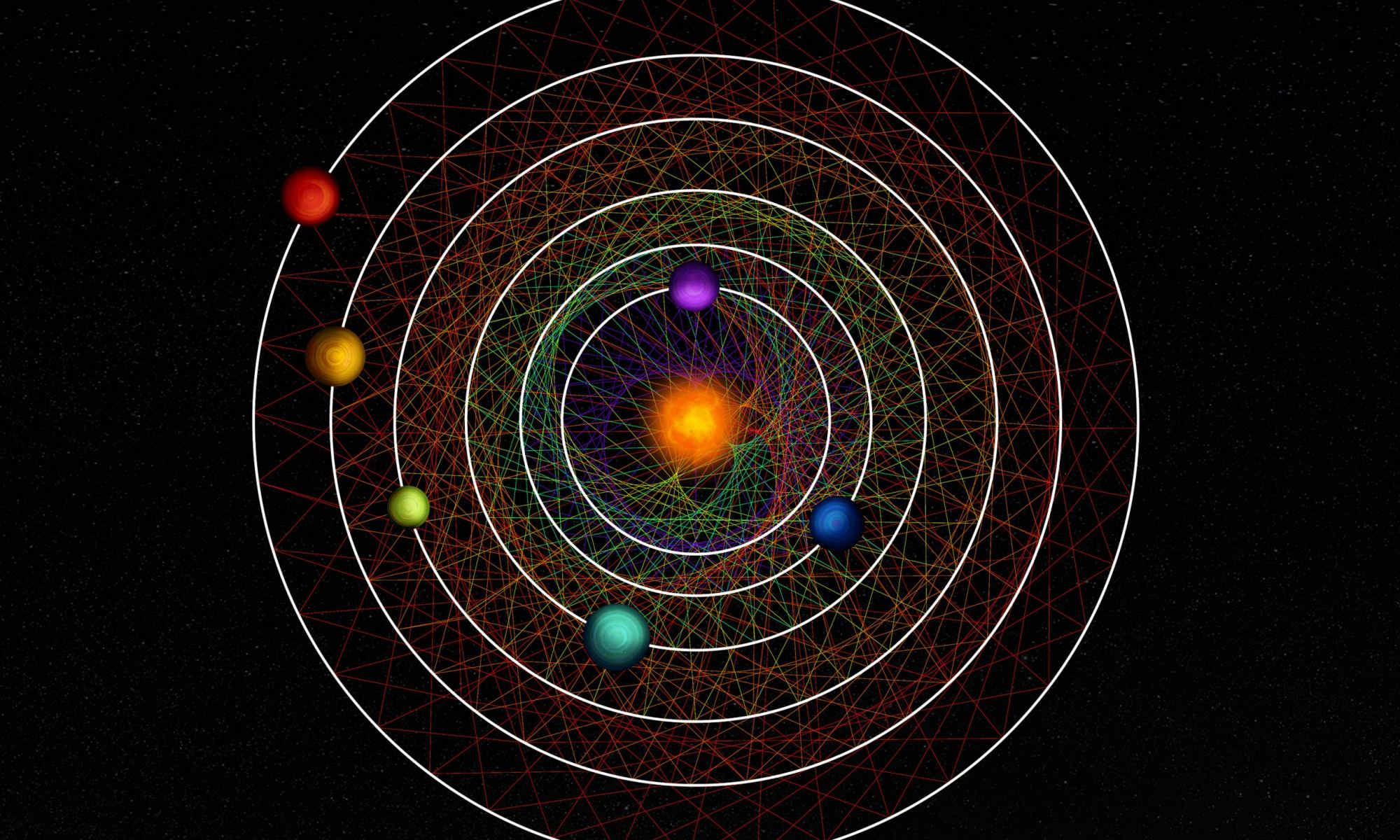A team of researchers led by University of Chicago astronomer Rafael Luque analyzed data acquired by both NASA’s Transiting Exoplanet Survey Satellite (TESS) and ESA’s CHaracterising ExOPlanet Satellite (Cheops) and found a unique planetary system. Orbiting a star cataloged as HD110067, this system contains six sub-Neptune planets. Incredibly, all six planets are orbiting in direct resonance with each other. The results of the work were published on November 29 in Nature.
Continue reading “A Planetary System With Six Sub-Neptunes Locked in Perfect Resonance”After Stalling Out for 40 Years, the Largest Iceberg in the World is on the Move

In 1986, a gigantic iceberg separated from the Fichner-Ronne ice shelf in West Antarctica. It was so big that it became grounded, stuck to the seafloor, and remained in position for 40 years. Finally, it has now been pushed off the seafloor and has begun drifting in the Weddell Sea to a region in the South Atlantic called Iceberg Alley. Designated A23a, this monster berg measures 4000 sq km (1,500 square miles) and is about 400 meters (1,300 feet) thick – the world’s largest.
Continue reading “After Stalling Out for 40 Years, the Largest Iceberg in the World is on the Move”Should We Send Humans to Europa?
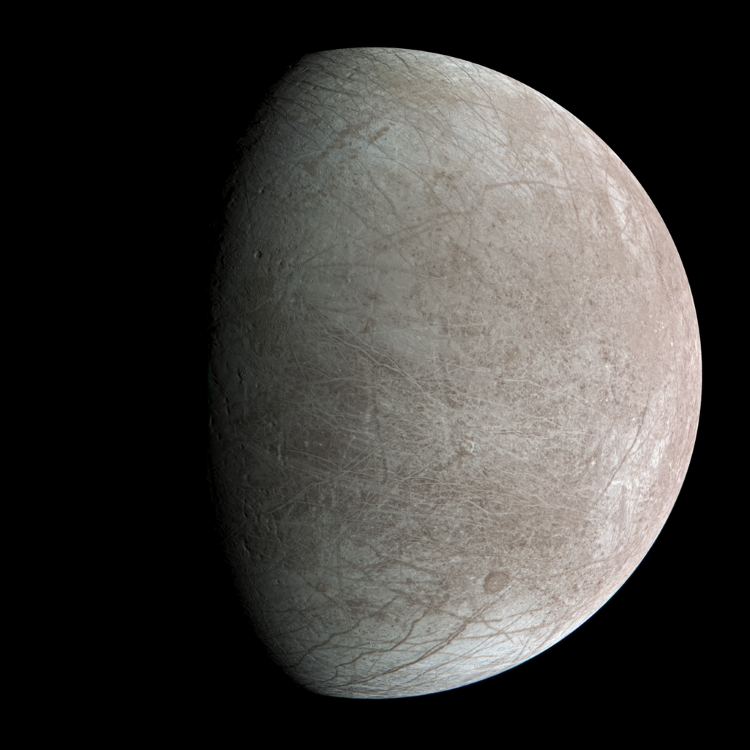
Universe Today recently examined the potential for sending humans to the planet Venus despite its extremely harsh surface conditions. But while a human mission to the clouds of Venus could be feasible given the environmental conditions are much more Earth-like, a human mission to the second planet from the Sun could be (at minimum) decades away. With NASA sending humans back to the Moon in the next few years, and hopefully to Mars, what if we could send humans to another planetary body worth exploring, though it could have its own harsh environmental conditions, as well? What about Jupiter’s icy moon, Europa? It has a massive interior liquid ocean that could harbor life, and NASA is currently scheduled to launch its Europa Clipper spacecraft to this small moon in October 2024, arriving at Jupiter in April 2030. Therefore, given the exploration potential, should we send humans to Europa?
Continue reading “Should We Send Humans to Europa?”Europe is Working on a Multi-Purpose Habitat for the Moon

With NASA gearing up to send humans back to the Moon in the next few years with the Artemis missions with the goal of establishing a permanent outpost at the lunar south pole, nations are making efforts to contribute to Artemis and a permanent presence on our nearest celestial neighbor. Recently, the Italian Space Agency, formally known as Agenzia Spaziale Italiana (ASI), has taken steps to establish the first permanent outpost on the lunar surface, known simply as the Multi-Purpose Habitat (MPH). This endeavor was officially kicked by the ASI signing a contract with the French-based aerospace company, Thales Alenia Space, who specializes in space-based systems, including ground segments and satellites used for both Earth observation and space exploration.
Continue reading “Europe is Working on a Multi-Purpose Habitat for the Moon”Hubble is Offline Because of a Problem with one of its Gyros
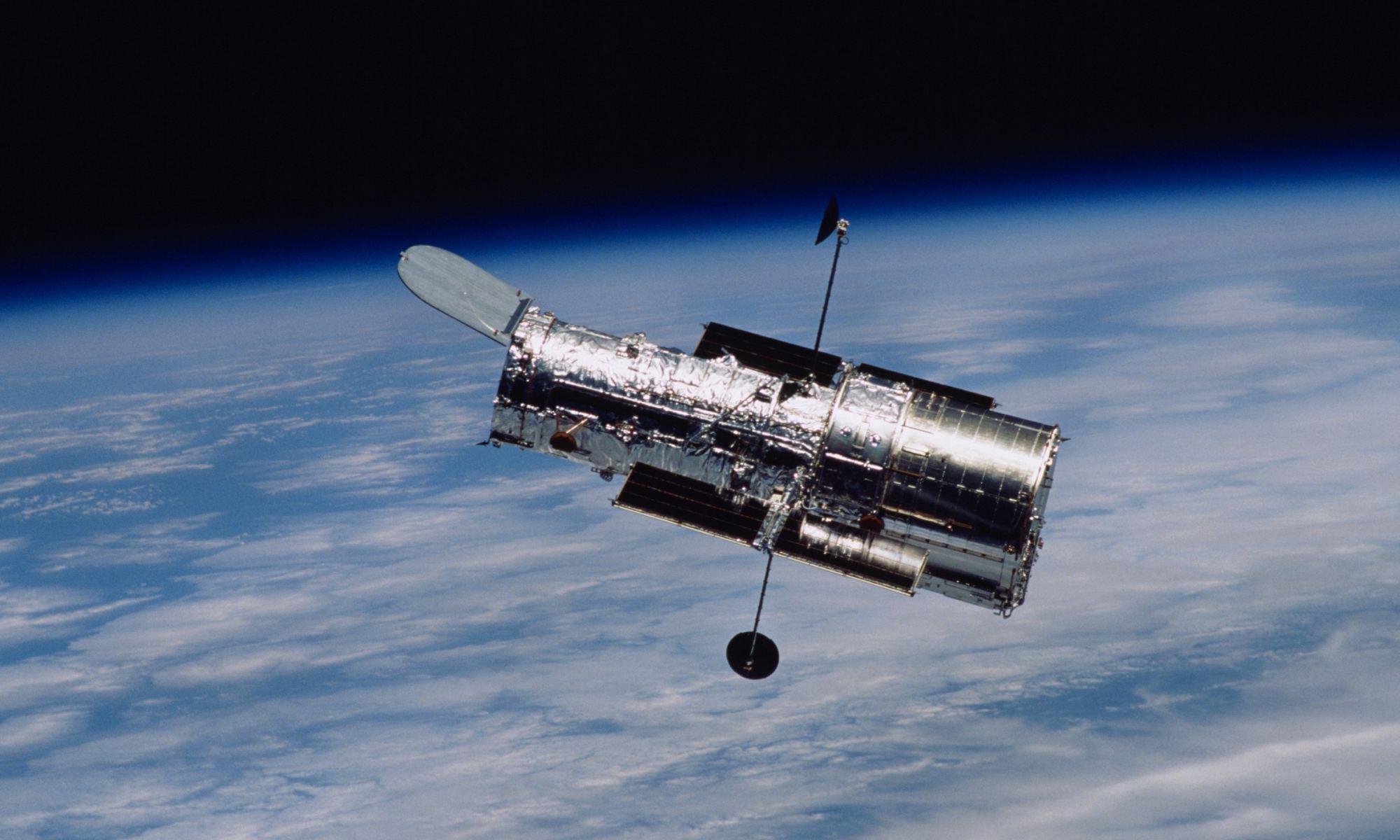
The rich flow of scientific data—and stunning images—that comes from the Hubble Space Telescope is being interrupted by gyro problems. One of the telescope’s three remaining gyros gave faulty readings, and the Hubble automatically entered safe mode. In safe mode, science operations are suspended.
Continue reading “Hubble is Offline Because of a Problem with one of its Gyros”Spider Pulsars are Tearing Apart Stars in the Omega Cluster
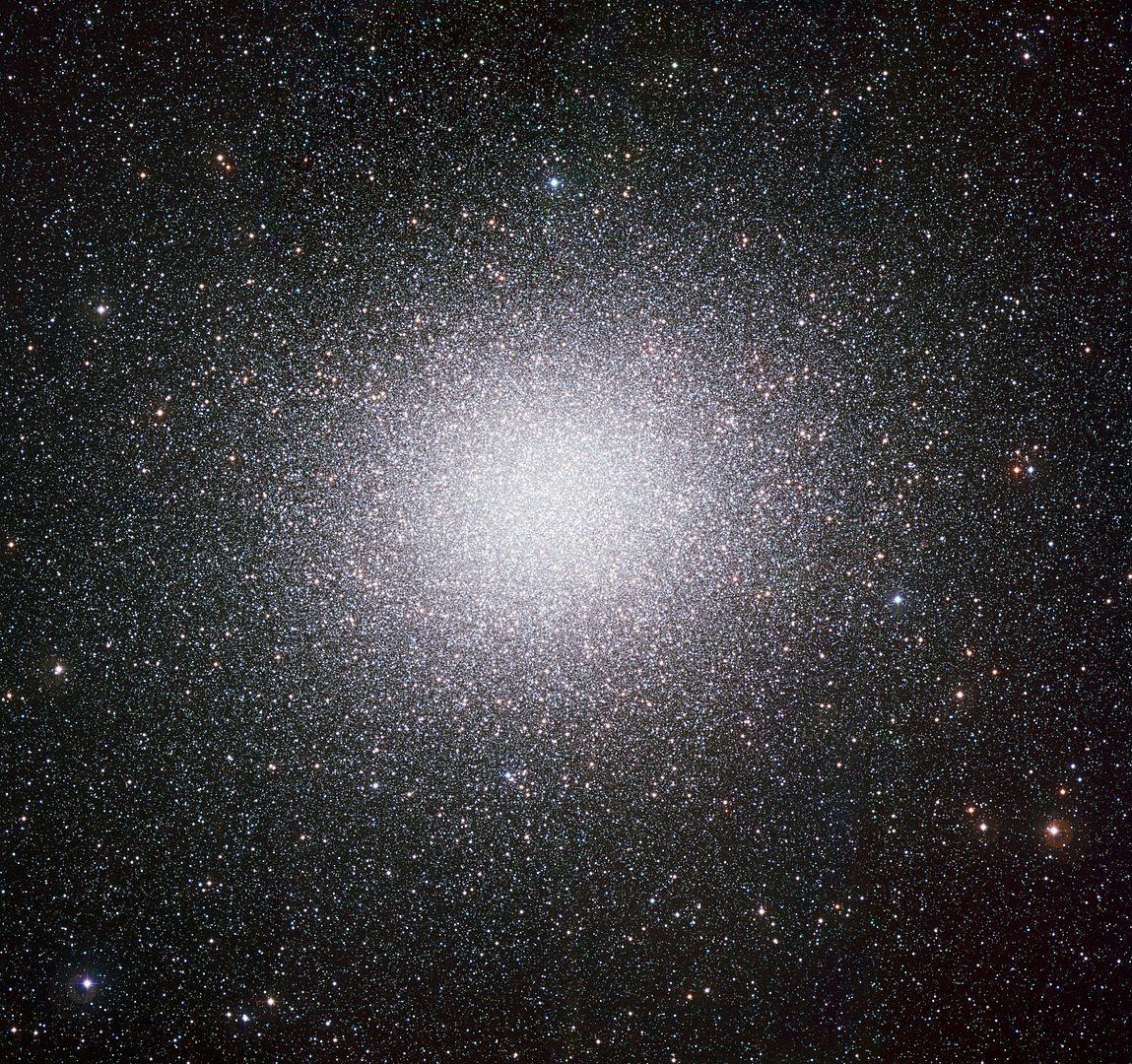
Pulsars are extreme objects. They’re what’s left over when a massive star collapses on itself and explodes as a supernova. This creates a neutron star. Neutron stars spin, and some of them emit radiation. When they emit radiation from their poles that we can see, we call them pulsars.
Continue reading “Spider Pulsars are Tearing Apart Stars in the Omega Cluster”Fermi has Found More than 300 Gamma-Ray Pulsars

In June 2008, the Gamma-ray Large Area Space Telescope began surveying the cosmos to study some of the most energetic phenomena in the Universe. Shortly after that, NASA renamed the observatory in the Fermi Gamma-ray Space Telescope in honor of Professor Enrico Fermi (1901-1954), a pioneer in high-energy physics. During its mission, Fermi has addressed questions regarding some of the most mysterious and energetic phenomena in the Universe – like gamma-ray bursts (GRBs), cosmic rays, and extremely dense stellar remnants like pulsars.
Since it began operations, Fermi has discovered more than 300 gamma-ray pulsars, which have provided new insights into the life cycle of stars, our galaxy, and the nature of the Universe. This week, a new catalog compiled by an international team contains the more than 300 pulsars discovered by the Fermi mission – which includes 294 confirmed gamma-ray-emitting pulsars and another 34 candidates awaiting confirmation. This is 27 times the number of pulsars known to astronomers before the Fermi mission launched in 2008.
Continue reading “Fermi has Found More than 300 Gamma-Ray Pulsars”Vera Rubin Will Generate a Mind-Boggling Amount of Data
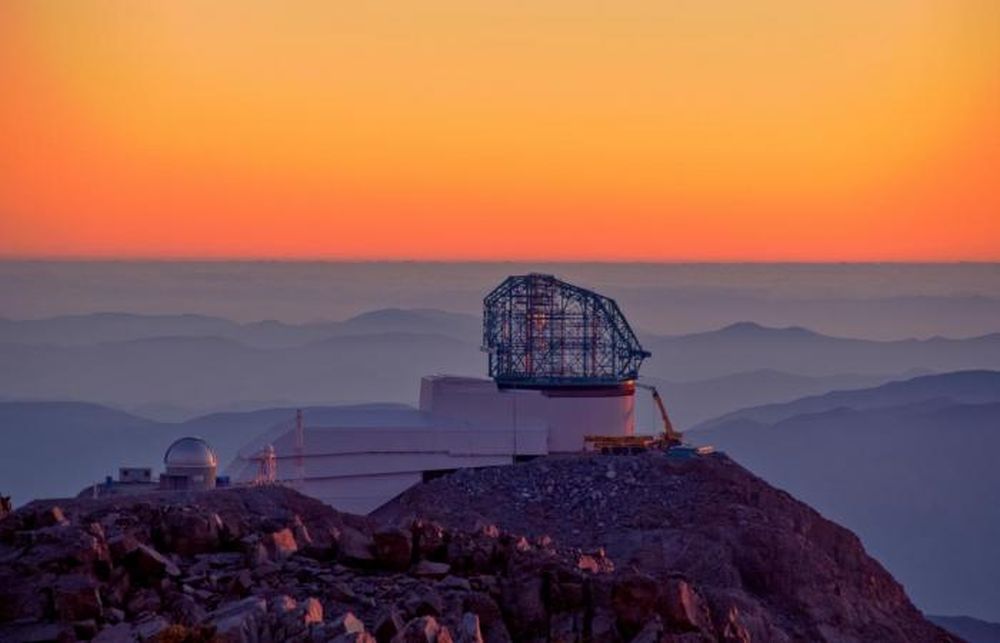
When the Vera C. Rubin Observatory comes online in 2025, it will be one of the most powerful tools available to astronomers, capturing huge portions of the sky every night with its 8.4-meter mirror and 3.2-gigapixel camera. Each image will be analyzed within 60 seconds, alerting astronomers to transient events like supernovae. An incredible five petabytes (5,000 terabytes) of new raw images will be recorded each year and made available for astronomers to study.
Not surprisingly, astronomers can’t wait to get their hands on the high-resolution data. A new paper outlines how the huge amounts of data will be processed, organized, and disseminated. The entire process will require several facilities on three continents over the course of the projected ten-year-long survey.
Continue reading “Vera Rubin Will Generate a Mind-Boggling Amount of Data”Could Life Exist in Molecular Clouds?

Our search for life beyond Earth is still in its infancy. We’re focused on Mars and, to a lesser extent, ocean moons like Jupiter’s Europa and Saturn’s Enceladus. Should we extend our search to cover more unlikely places like molecular clouds?
Continue reading “Could Life Exist in Molecular Clouds?”The New Asteroid Moon Discovered by Lucy Just Got its Own Name
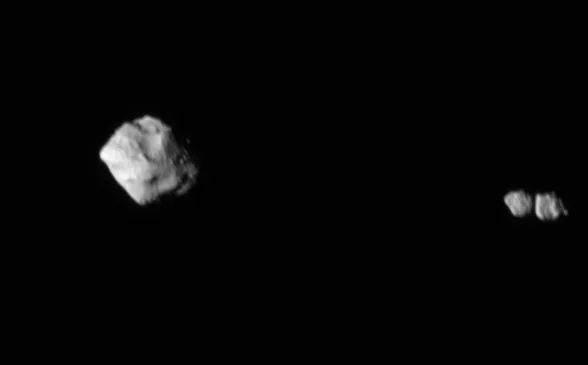
When NASA’s Lucy mission flew past asteroid Dinkinesh on November 1, 2023, it made the surprising discovery the asteroid had a tiny moon. Then came another surprise. This wasn’t just any moon, but a contact binary moon, where two space rocks are gently resting against each other. Of course, this new and unique moon needed a name, so the International Astronomical Union (IAU) has just approved approved “Selam,” which means peace in Ethiopia’s language.
But, everything’s connected here. Dinkinesh is the Ethiopian name for the Lucy fossil, and Selam is named after another fossil from the same species of human ancestor.
Continue reading “The New Asteroid Moon Discovered by Lucy Just Got its Own Name”
